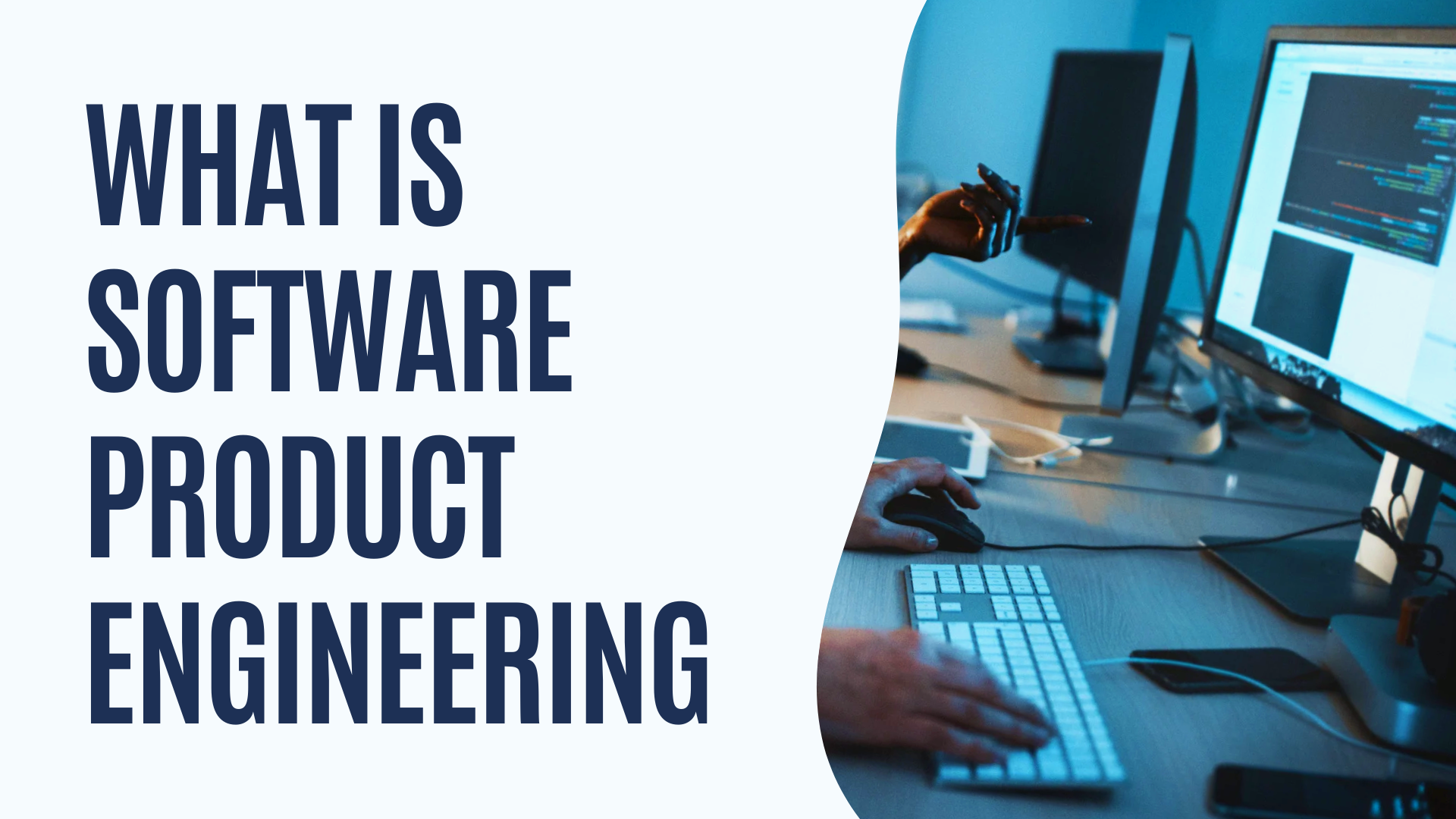What are IoT sensors?
An IoT sensor is a device that captures real-world data and converts it into information that is acceptable to other instruments. So sensors are the basis for obtaining data (whether it is temperature, changes in current, or other properties). There are many different types of sensors used in IoT applications, including acoustic, vibration, load, motion, water and air quality, and even infrared radiation.
Top 10 types of IoT sensors
1. Optical sensors
This is the ability to capture a physical quantity of light and convert it into a digital signal. Light sensors and photoelectric sensors are common representatives of this category. These devices are known for their versatility and wide range of applications.
Applications: Optical sensors in self-driving cars support smart parking applications, object recognition, and light detection. Optical sensors in healthcare can be used in blood flow management tools, skin irritation testers, and duodenal and gastric perfusion management devices. Optical sensors in smart cities support facial recognition, adaptive street lighting (smart bulbs determine when there is a passerby nearby and automatically activate)
Case: Verizon and NEC have partnered to combine optical sensors and artificial intelligence technology to provide intelligent traffic monitoring systems for safe and efficient traffic management.
2. Humidity sensors
Humidity sensors monitor the amount of moisture in the air or soil, usually relative humidity, expressed as RH. Humidity sensors are often used for safety in chemical hazardous sites.
Applications: Humidity sensors in manufacturing help prevent condensation on factory floors. Humidity sensors in smart homes can help occupants create a comfortable living environment. Humidity sensors in environmental control can track soil moisture to help community managers detect dangerous patterns.
3. Water quality sensors
Water quality sensor is a general term for a series of sensors such as pH meter, conductivity sensor, dissolved oxygen meter, COD sensor, residual chlorine sensor, ammonia nitrogen sensor, etc. These devices are widely used in filtration and water distribution systems.
Applications: Monitor drinking water to reduce the spread of infectious diseases and ensure the health of residents. Monitor marine pollution to protect biodiversity and clean up marine debris in time. Monitoring swimming pool water quality can understand the number of germs and bacteria in the water and remind managers to clean it.
Case: pHin is a good example of using IoT-based sensors to monitor the water quality of swimming pools, spas, and even hot tubs.
4. Gas sensors
Gas sensors are used to determine the concentration of target gases in the air, such as ozone, carbon monoxide, carbon dioxide, etc. These are sensors used in IoT systems, mainly by manufacturers, hospitals, oil and gas prospectives, and laboratories.
Applications: Gas sensors in manufacturing ensure workplace safety and protect employees from inhaling harmful gases. Gas sensors in medical care can be used with medical equipment to assist in the treatment of diseases. For example, people with respiratory disorders can determine whether the oxygen in the room is comfortable enough. Gas sensors in the home can ensure indoor air quality and timely ventilation.
Case: EU initiatives deploy gas sensors to measure ozone levels in factories and homes. Projects like Feature Forest rely on gas sensors to reduce environmental impact and have deployed equipment in Poland.
5. Chemical Sensors
Chemical sensors detect changes in chemical levels in air and liquids, helping company managers and public officials ensure the well-being of employees or city residents. Pharmaceutical companies and laboratories also rely on chemical sensors to monitor workplace safety.
Applications: Chemical sensors in healthcare are used in invasive blood glucose monitoring tools, blood pH trackers, and real-time pathogen monitoring tools. Chemical sensors in industry prevent chemical leaks in workshops, employee exposure to chemicals, and ensure that the final product and its packaging do not contain potentially harmful substances. Chemical sensors in environmental protection monitor automotive, aircraft, and industrial emissions, providing data support for government policy.
Case: Environics provides a new generation of chemical and biological detectors that can be used for a variety of use cases, from protecting large events to providing first response to accidents.
6. Image sensors
The device uses the photoelectric conversion function to convert the image into a digital signal of the same proportion and transmit it to the network. It is commonly used in healthcare, security equipment, night vision, and biometric tools.
Applications: The sensor is used in industry to monitor warehouses and factories, and detect cracks or deformations in equipment in a timely manner. The sensor is used in medicine to improve the efficiency of patient diagnosis. The warehouse management process embeds image sensors into RFID tags and barcode scanners, which can help warehouse managers locate required items and improve order processing efficiency.
Case: Cogniac, an innovative image intelligence platform provider, has partnered with global equipment supplier Bobcat to maximize the value of warehouse visual data.
7. Gyroscope sensors
Gyroscopes are used to capture angular velocity or speed data and are an essential component of most smart navigation tools. This sensor allows IoT developers to capture data about the orientation of objects in 3D space.
Applications: Gyroscopes are used in vehicle control and car navigation systems. Gyroscopes support the movement of robots and track the direction and speed of device rotation.
Case: Popular driverless technologies at home and abroad
8. Temperature sensors
Temperature sensors are designed to capture the slightest temperature fluctuations and convert them into ready-to-actuate signals.
Applications: Temperature sensors in smart homes help homeowners improve energy efficiency and adjust heating based on occupancy. Temperature sensors in healthcare enable contactless measurement of ear, forehead or skin temperature. Temperature sensors in device managers can adjust internal housings and motor windings.
Case: Smart home company Nest offers a range of temperature sensors that connect to smart thermostats and enable automatic temperature adjustments.
9. Motion sensors
Motion sensors react to changes in the position of the object (person, animal, or object) to which they are attached. These are the most widely used sensors for security monitoring in IoT systems.
Applications: Wearables are one of the most common applications for motion sensors. Embedded in smartwatches, these detectors track micro-movements or changes in position. Motion sensors are used indoors at the heart of automatic door systems, camera triggers, and security alarms. Motion sensors are used in urban construction to help create public transportation management systems.
Case: Hue, Fibaro, or Onvis motion sensors are tools that homeowners use to remotely control their living spaces and integrate automation into daily activities.
10. Noise sensors
Noise sensors can detect the noise level emitted by the surrounding environment. In construction and heavy industry, high noise levels can be dangerous. Acoustic sensors are used in offices and homes to regulate noise.
Applications: Noise sensors in construction help control noise levels on construction sites, thereby ensuring the daily lives of nearby residents. Noise sensors in cities monitor noise levels in bars and city centers to prevent accidents. Noise sensors in the wild help researchers monitor rare species, determine the location of animals, and study behavior.
Case: Munisense shows a great example of using IoT sensors for urban noise measurement.

















Post Comments